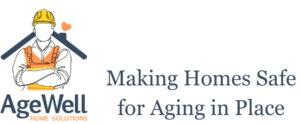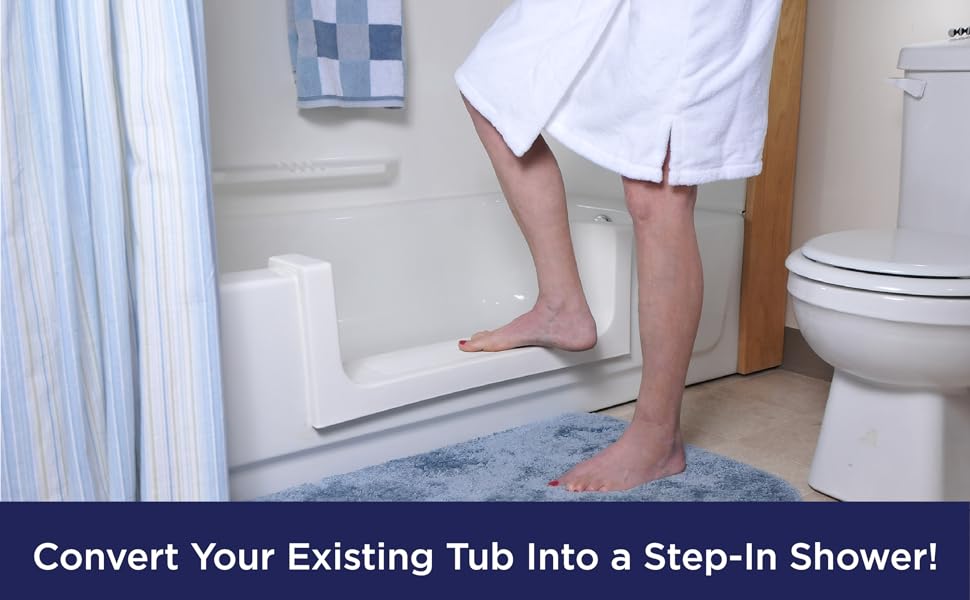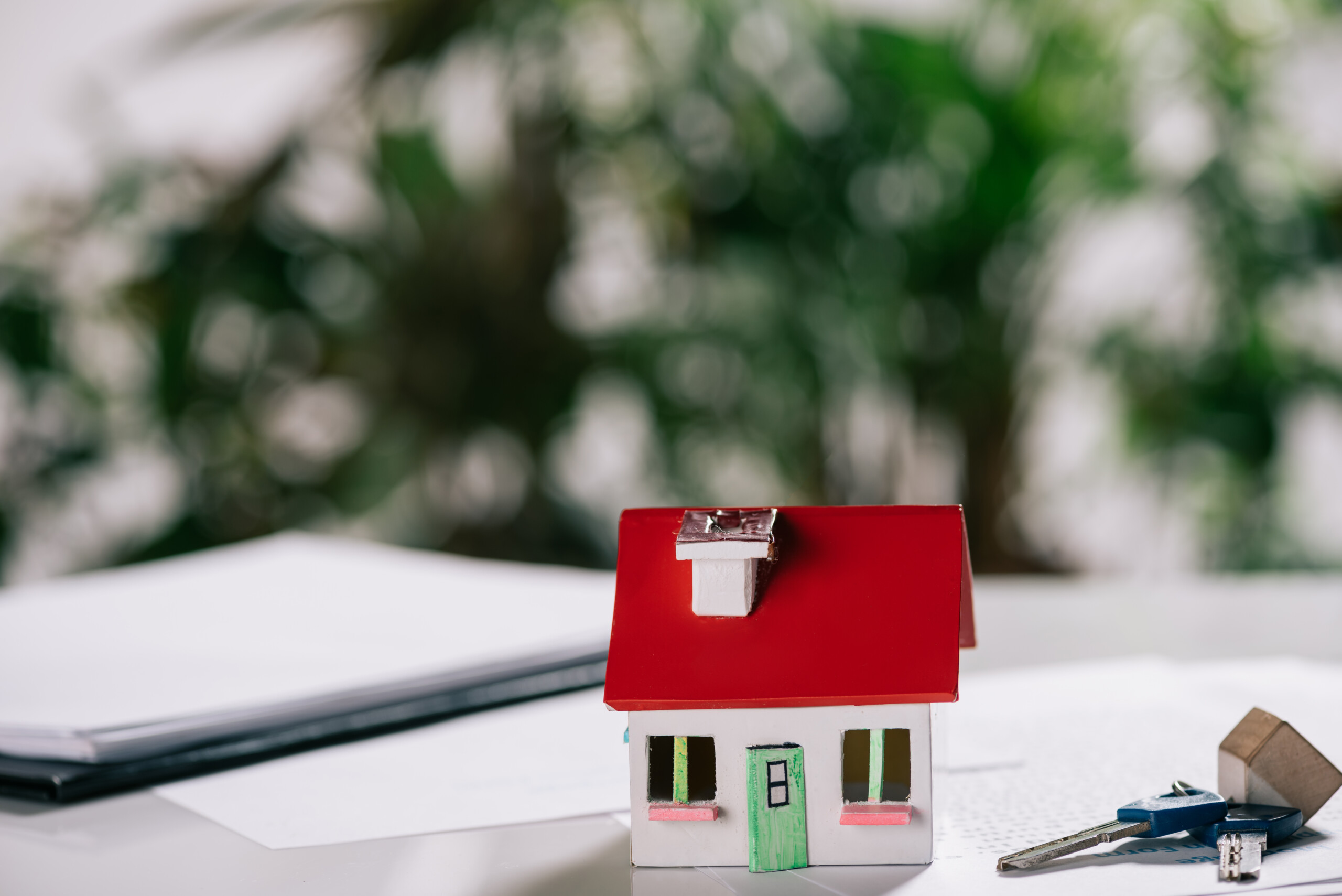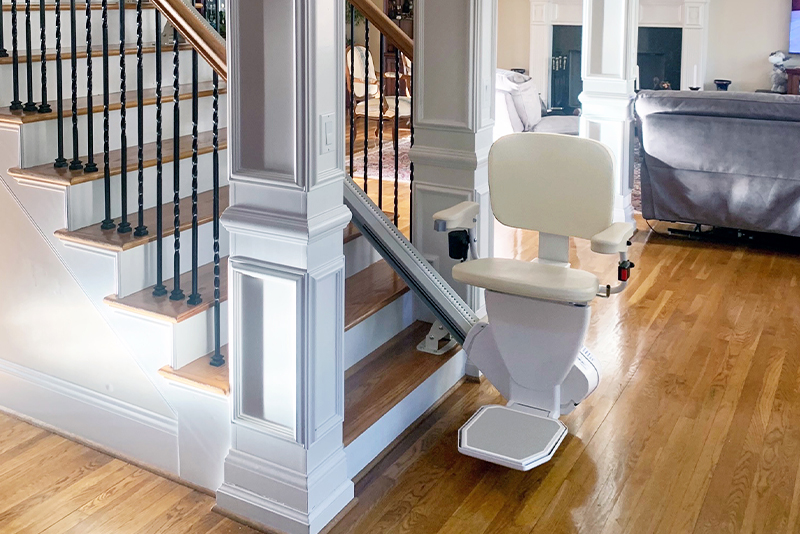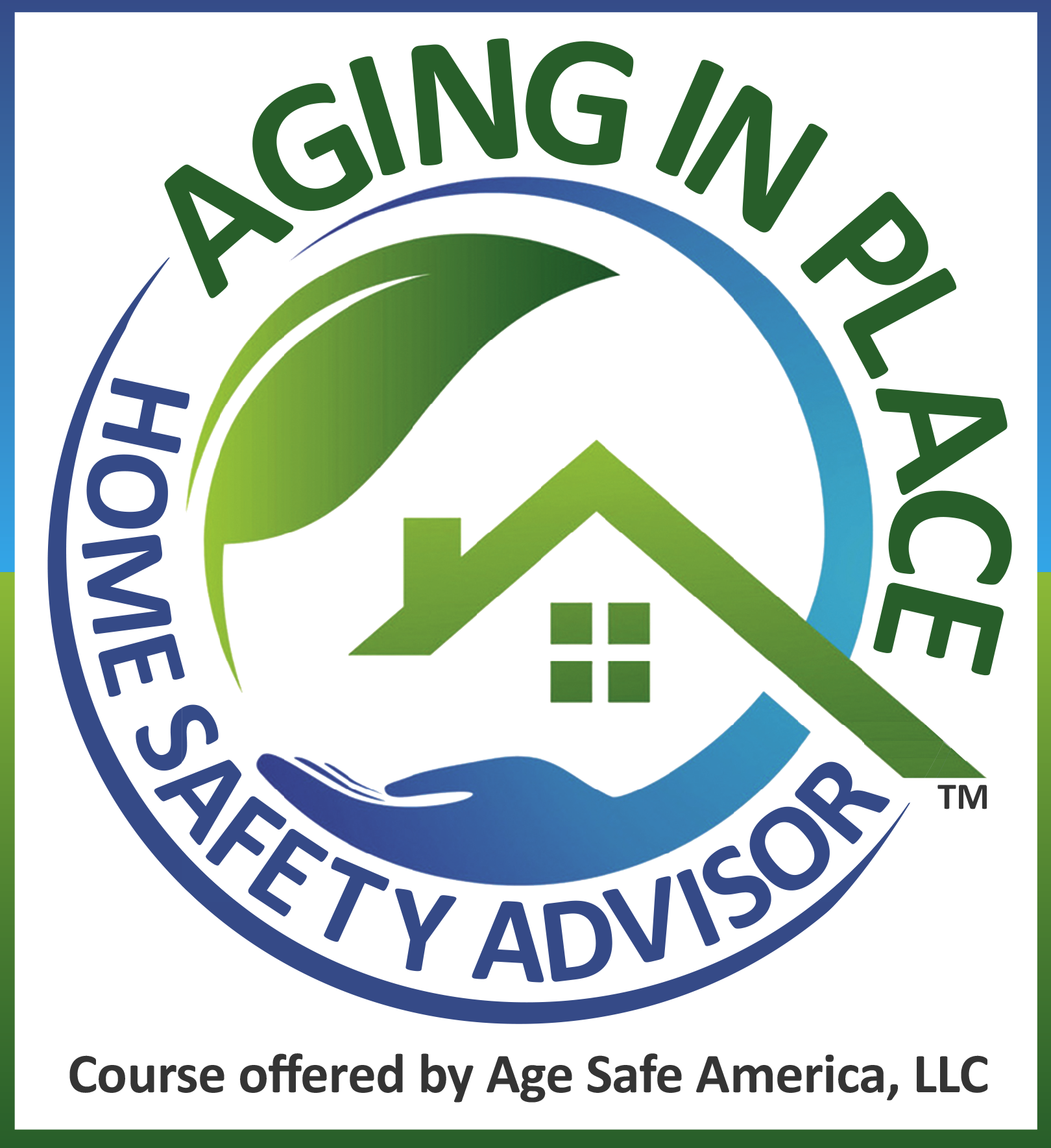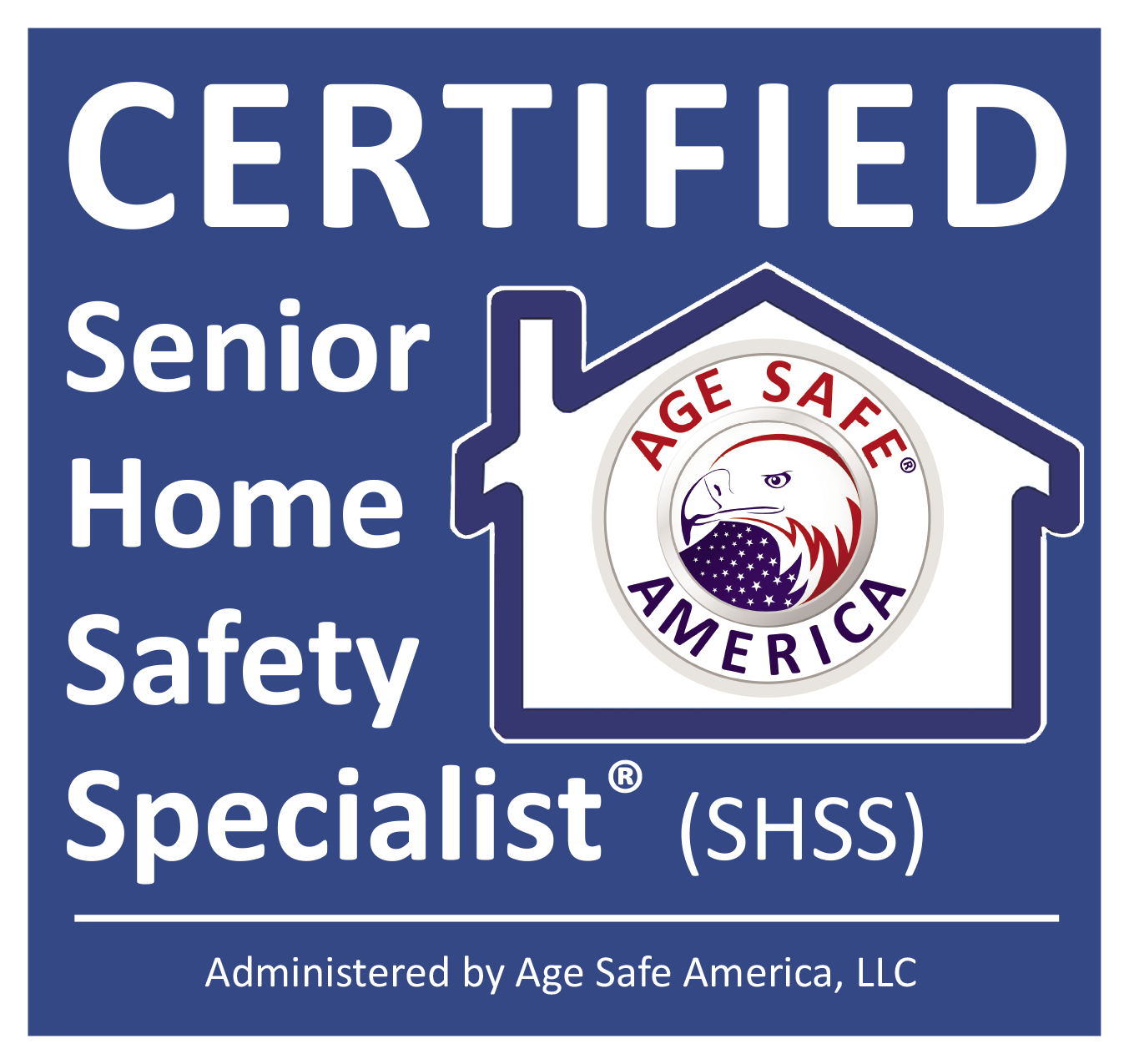by leeashworth61
Share
by leeashworth61
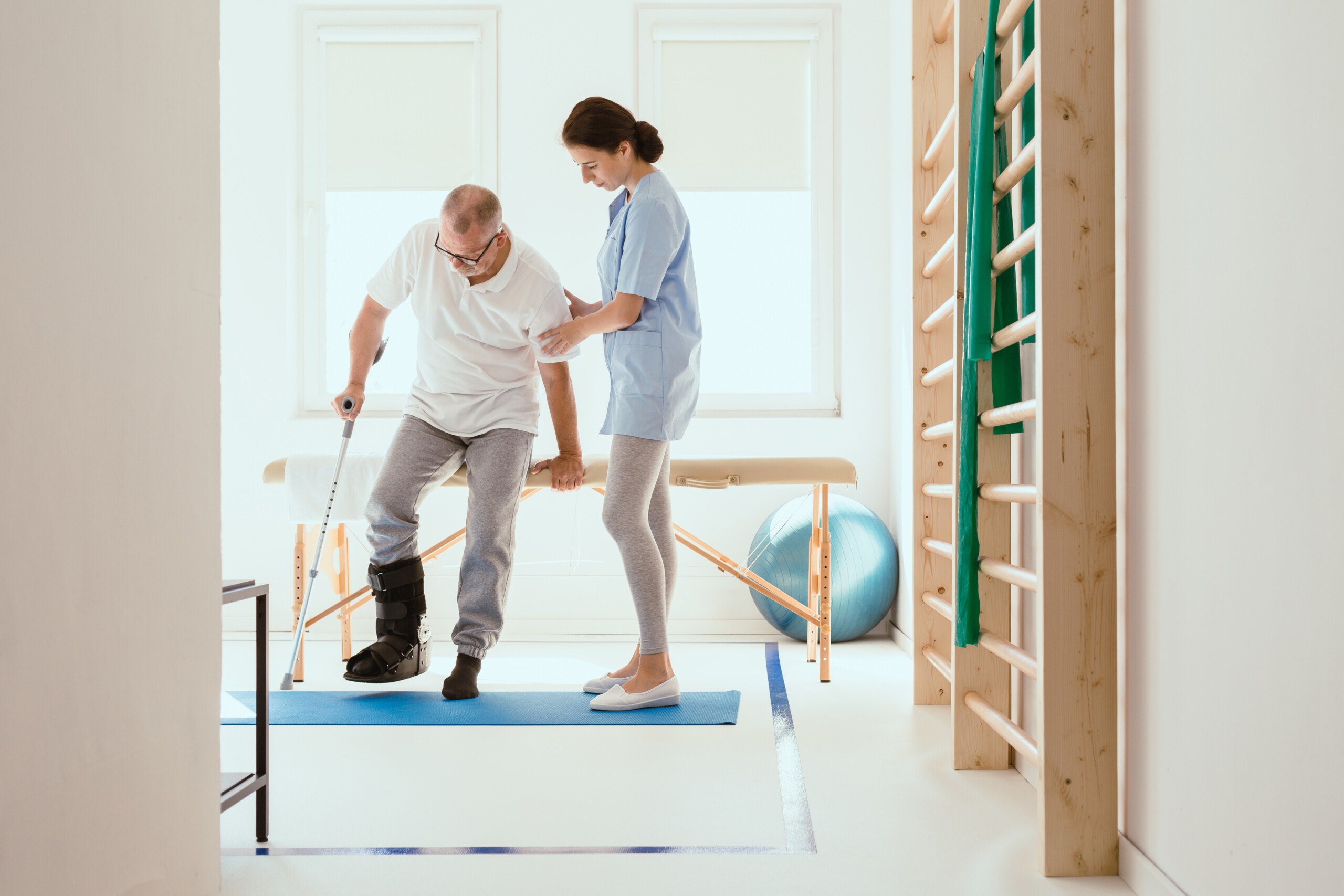
Returning home after a hospitalization or rehabilitation stay can be an overwhelming process. While everyone looks forward to regaining their independence, the home environment may now present new challenges that require some modifications for safety and accessibility. Being proactive with planning while still in the rehabilitation facility can ensure your home is ready to meet your needs when discharge day arrives.
Assess Your Needs
Your medical team including doctors, nurses, occupational therapists, and physical therapists can evaluate your condition to determine what assistance and adaptations may be beneficial back at home. Through your rehab stay, inform staff of your living situation, mobility challenges, bathroom setup, staircase status, and other housing factors so they can make fitting recommendations. They can advise on things like:
- Installation of grab bars, railings, shower benches to prevent falls
- Rearranging furniture to allow walker/wheelchair navigation
- Purchasing mobility aids like canes, walkers or shower chairs
- Adding more lighting or glare reduction measures
- Adjusting the height of beds, chairs, and countertops
- Creating a bedroom and bathroom space on the entry level if stairs are an issue
- Installing a stair lift or ramp if stairs are unavoidable
By outlining your unique home environment and limitations, the team can suggest assistive equipment, accessories, and modifications tailored to your circumstances and condition to enable a smooth transition home.
Enlist Family
Don’t try to manage preparation solo – enlist trusted family members to get your home ready while you focus on rehab. Have them tour your home with occupational or physical therapists and take notes on recommendations. Give family access and authority to make needed purchases or alterations in advance of your arrival. Having modifications already in place like grab bars or improved lighting means your home will be equipped to meet your needs as soon as you walk in the door.
Explore Financing Options
Home renovations and medical equipment can be expensive, but many financing options exist:
-
• Health Insurance – Many private insurance plans cover certain home medical equipment and accessibility improvements with a doctor’s prescription. Items may include ramps, stair lifts, walkers, grab bars, shower benches, etc. Coverage varies, so verify with your specific insurer on percentages covered and processes for reimbursement.
• Medicaid – For those who qualify based on income and disability status, Medicaid may provide financial assistance for certain accessibility modifications and assistive devices. Eligible items, reimbursement amounts, and processes differ by state Medicaid program.
• Local Grants – Some cities, counties and non-profits offer housing modification grants for seniors and disabled residents. These are typically administered at the local level. Research options through your city or county housing authority. Amounts and qualifying items depend on location.
• HISA Grant – The VA provides veterans up to $6,800 tax-free for medically necessary accessibility renovations like ramps, roll-in showers, widening doorways via the Home Improvements and Structural Alterations grant program. Must have a VA disability rating of 50% or more.
• Non-Profit Funding – Organizations like Rotary Clubs and Lions Clubs sometimes assist veterans and community members with accessibility remodels on a case-by-case basis. Not guaranteed. Must research local chapters.
• Loans – Government backed FHA 203(k) loans can finance rehab projects including disability improvements. Home equity loans also allow borrowing against your home’s value for renovations. Note: loans accrue interest unlike grants.
Explore all possible funding streams through both private and public programs. Having resources to cover needed upgrades and equipment will make preparing your home smooth and stress-free.
Contact Local Specialists
To execute more complex home modifications or renovations, enlist the help of qualified local contractors and specialists like AgeWell Home Solutions while still in rehab:
- Occupational therapists can audit your home after discharge and recommend custom changes.
- AgeWell Home Solutions provides installation of common accommodations like grab bars, railings, and step-free showers.
- Electricians can upgrade lighting, install new switches and outlets, and improve home automation access.
- Plumbers can adapt sinks, showers and toilets to your height and mobility needs.
- AgeWell Home Solutions also offers major renovations like wheelchair ramps, relocating essential rooms to the main floor, building in-law suites, etc.
Having these specialists like the team at AgeWell Home Solutions scheduled to evaluate your home shortly after discharge ensures modifications happen in a quick and efficient manner before you leave rehab.
Plan for Maintenance & Upkeep
Will you need assistance for house cleaning, yardwork, laundry, grocery shopping or other chores after returning home? If your mobility is limited, make arrangements ahead of time to outsource any physically demanding tasks. Here are some options to explore:
- Hire a part-time housekeeper to help with cleaning, changing sheets, and hoovering.
- Schedule a lawn mowing service so you don’t have to worry about yard upkeep.
- Sign up for grocery delivery to avoid carrying heavy bags.
- Ask friends or family to assist with laundry or meal prep.
- Look into meal delivery or takeout options when cooking isn’t possible.
- Contact local senior services for volunteer assistance programs.
Lining up help beforehand, even if temporary, can prevent overexertion and allow you to focus on recovery. Don’t hesitate to request assistance.
Returning home after rehabilitation can be daunting, but proper planning and preparation eases the transition immensely. Discuss your needs with staff early, enlist family help, arrange financing, line up contractors for modifications, and outsource physically demanding chores. With your home ready to accommodate your condition, you can feel at ease embarking on the road to recovery.
An affordable solution to enhance accessibility and reduce fall risks.
Discover how in-law suites can provide independence and comfort for your aging loved ones while keeping them close to family.
Ensuring Safe and Easy Access to All Levels of Your Home
Don't Compromise Safety and Accessibility in Your Senior-Friendly Home Renovation
